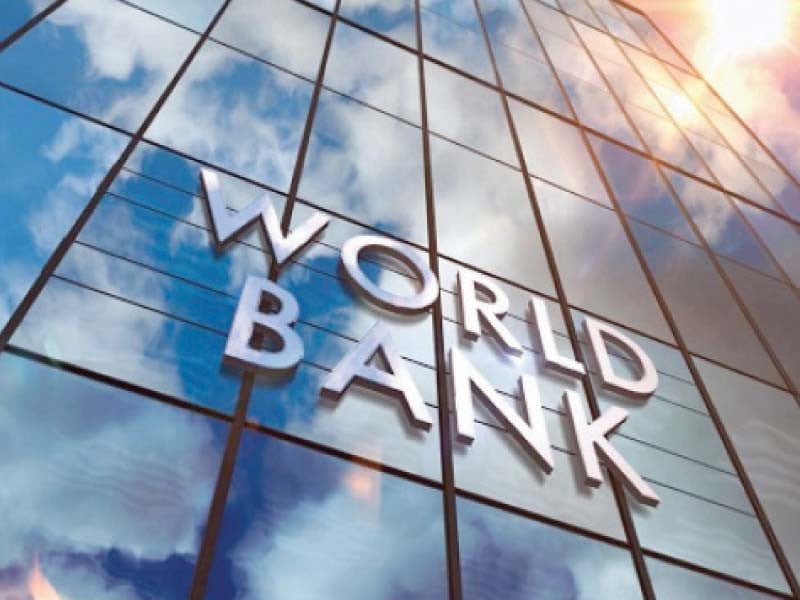A new World Bank report reveals that while global food prices have eased in recent months, inflation remains stubbornly high across many low- and lower-middle-income countries.
The study, covering the period from February to May 2025, highlights that 76.5% of low-income nations are experiencing inflation above 5% a notable decline of 11 percentage points since the previous update on May 16, 2025.
In contrast, 54.5% of lower-middle-income countries are now above that threshold, marking a 4.5-point increase.
The situation is less severe in more affluent economies. Inflation above 5% was recorded in 45% of upper-middle-income countries down by 2 points and only 14.5% of high-income countries, a 4-point decrease.
Notably, food price inflation continues to outpace overall inflation in 60% of the 161 countries with available data, signaling ongoing pressure on household food budgets.
The report shows that global agricultural and cereal price indices dipped slightly by 1% during the review period. While export prices remained stable, individual commodity movements varied: maize and rice dropped 4% and 1% respectively, while wheat climbed by 3%.
Year-on-year figures reveal a broader cooling of grain prices, with maize down 2%, wheat plunging 20%, and rice falling 31%. However, compared to January 2020, maize is now 13% more expensive, rice is up 2%, and wheat is 4% cheaper.
According to the June 2025 AMIS Market Monitor, the outlook for global staple grains wheat, maize, rice, and soybeans remains largely stable, with no major supply shocks anticipated.
Global stockpiles are adequate, and trade is flowing steadily, although crop conditions vary by region and climate risks are on the rise.
The United Nations Food and Agriculture Organization (FAO) also reported a second consecutive monthly drop in its Food Price Index, driven largely by declining prices of cereals and vegetable oils.
Wheat prices, in particular, have softened due to strong yields in the Black Sea region and surging exports from Russia. Declines in maize and rice prices were supported by favorable growing conditions and fewer export restrictions.
Despite these positive trends in pricing, deeper structural challenges persist, especially in Africa.
The World Bank points to transportation inefficiencies as a major contributor to food insecurity on the continent.
African food supply chains are described as fragmented and slow-moving, with perishable goods typically covering 4,000 kilometers over 23 days four times longer than in Europe.
This leads to the loss of more than a third of perishable items before they reach consumers.
Complementing this view, the International Food Policy Research Institute warns that food systems remain overly exposed to a range of shocks from climate events and conflict to economic volatility.
To address the deepening hunger crisis, the World Bank Group and the G7 Presidency launched the Global Alliance for Food Security in May 2022. The initiative is designed to spark urgent, coordinated action to tackle global food insecurity.
